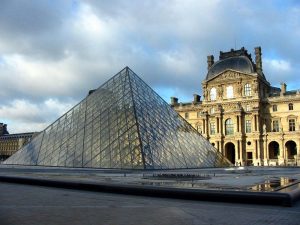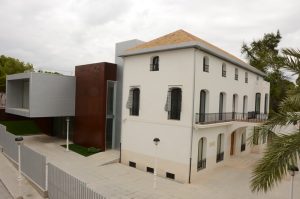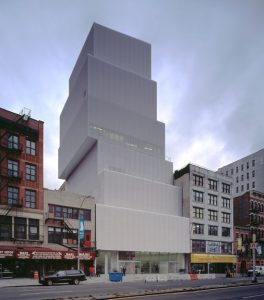Hi all! We inaugurate a blog and we do it reflecting on one of the most controversial ways of projecting. The architecture of contrasts, temporary architectural contrast, in a city, when we see two types of buildings different in time and construction.
In the studio we like to work a modern architecture, but that takes into account the roots of the places . We believe that memory and history must always be present, as work tools.
That said, does a new building, surrounded by old buildings, have the obligation to maintain an aesthetic in line with the surrounding buildings?
It doesn't have to, unless the Municipal ordinances establish it, in architecture there are no written rules when it comes to projecting. There are times when playing with contrasts benefits both buildings, the dialogue between totally different buildings emphasizes their characteristics.
This type of architecture requires a very clear discourse, if the classic building, for example, due to the construction technique of the time, has the appearance of a heavy building, with little permeability. Following the logic of contrast, the new new building should have a light appearance, provided by the materials, the construction technique and the shape.
If there is a reference city in this type of works, it is Paris. In the last four decades, the city of light has opted for the big thing, for an attitude aimed at innovating and ultimately letting the whole world know about it. This is the case of the entrance to the most visited museum in the world,the pyramid of the Louvre Museum.
The contrast of styles between the classic architecture of the museum and the overwhelming modernity of a steel and glass pyramid.

Bridging the gap, in Crevillent (Alicante), we have some public buildings, which maintain this discourse of contrast between new and old construction. The museum house of the new Park , a neoclassical building built in 1927 and the annex building with light cladding and a large overhang that confers an image of lightness, interact as antagonistic buildings.

It seems, then, that the synergies between the classic and the modern can enrich the context and environment of the city as long as the link that unites them is coherent.On other occasions and not in the case of new construction, modernity can be provided by carrying out a rehabilitation to the construction, providing a new and current air.
A magnificent example of functional reinterpretation of the building is the recently rehabilitated Torre del Borgo, in Sariano (Italy), with the completion of the project will be able to accommodate public library.Preserving and highlighting historical monuments is a cultural link that can be operated in relation to its objective, through a controlled transformation of the building.

.gif)